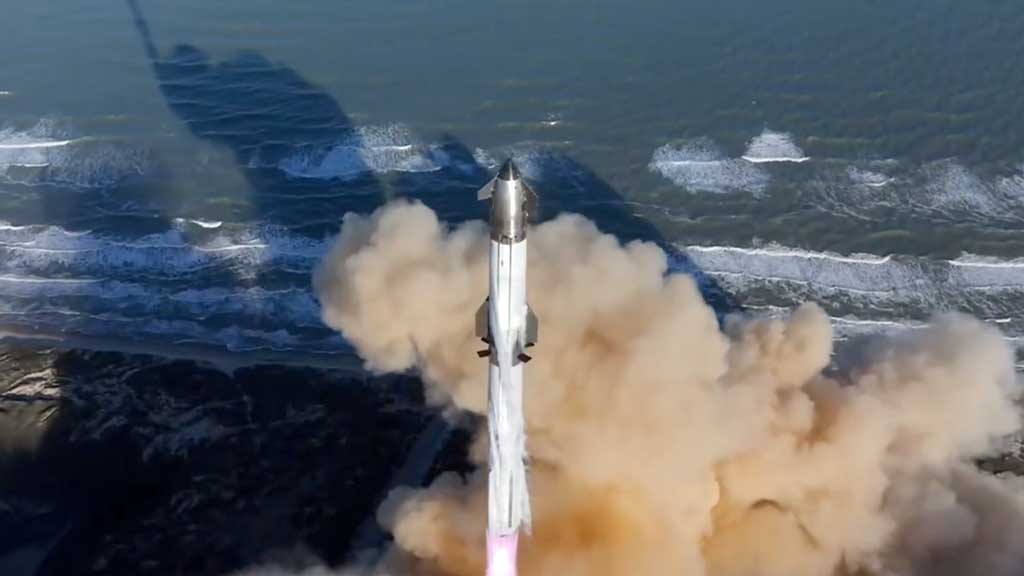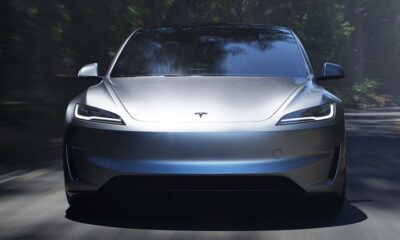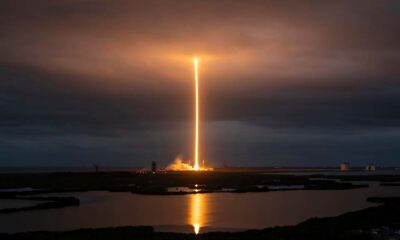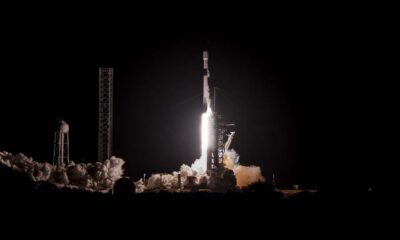SpaceX
NASA adds SpaceX Starship under launch contract

NASA has awarded SpaceX a launch service contract for the Starship space vehicle, adding the new rocket to the existing Falcon 9 and Falcon Heavy vehicles, under the contract for future missions.
This addition comes after a modification in the NASA Launch Services (NLS) II contract, which provides a broad range of commercial launch services for NASA’s planetary, Earth observation, exploration and scientific satellites. These missions include the space agency’s technical oversight and mission assurance to success of the mission.
NLS II contracts are multiple awards, indefinite-delivery and quantity through June 2030 and an overall period of performance through December 2032. The contract supports different agencies, including:
- Science Mission Directorate
- Space Operations Mission Directorate
- Explorations Systems Development Mission Directorate
- Space Technology Mission Directorate.
The Starship is a two — stage rocket integrated to take heavy payload into orbit and to other planets.
The first stage is 71 meters tall and 9 meters wide, with a propellant capacity of 3,400 tons. This rocket is all about its power, featuring 33 Raptor engines generating 7,590 tf of thrust at liftoff.
The second stage is 52 meter tall and 9 meter wide, it has 1,500 tons of propellant capacity. Its 6 Raptor engines allow the vehicle to navigate into space with a payload capacity of 100–150 tons. Once integrated, the first and second stage stand tall at 123 meters.
Starship has a dedicated launch facility in Boca Chica, Texas named Starbase. The company is currently testing the rocket to prepare it for a commercial mission.
To date, Starship has flown eight times and achieved numerous technological advancements as well as verifications. These include successful liftoff from the ground, hot-staging, booster landing and tower catch. The second stage has also performed a sub-orbital flight and splashed down in the sea.
However, it continues to evolve both stages to ensure a robust launch service to customers. It has improved the second stage’s avionics, propellant capacity, and propulsion system to provide more performance for long duration missions.
(source)












